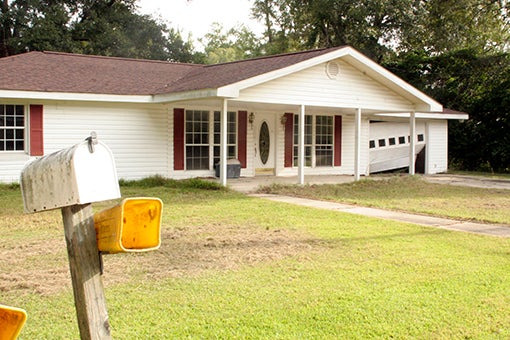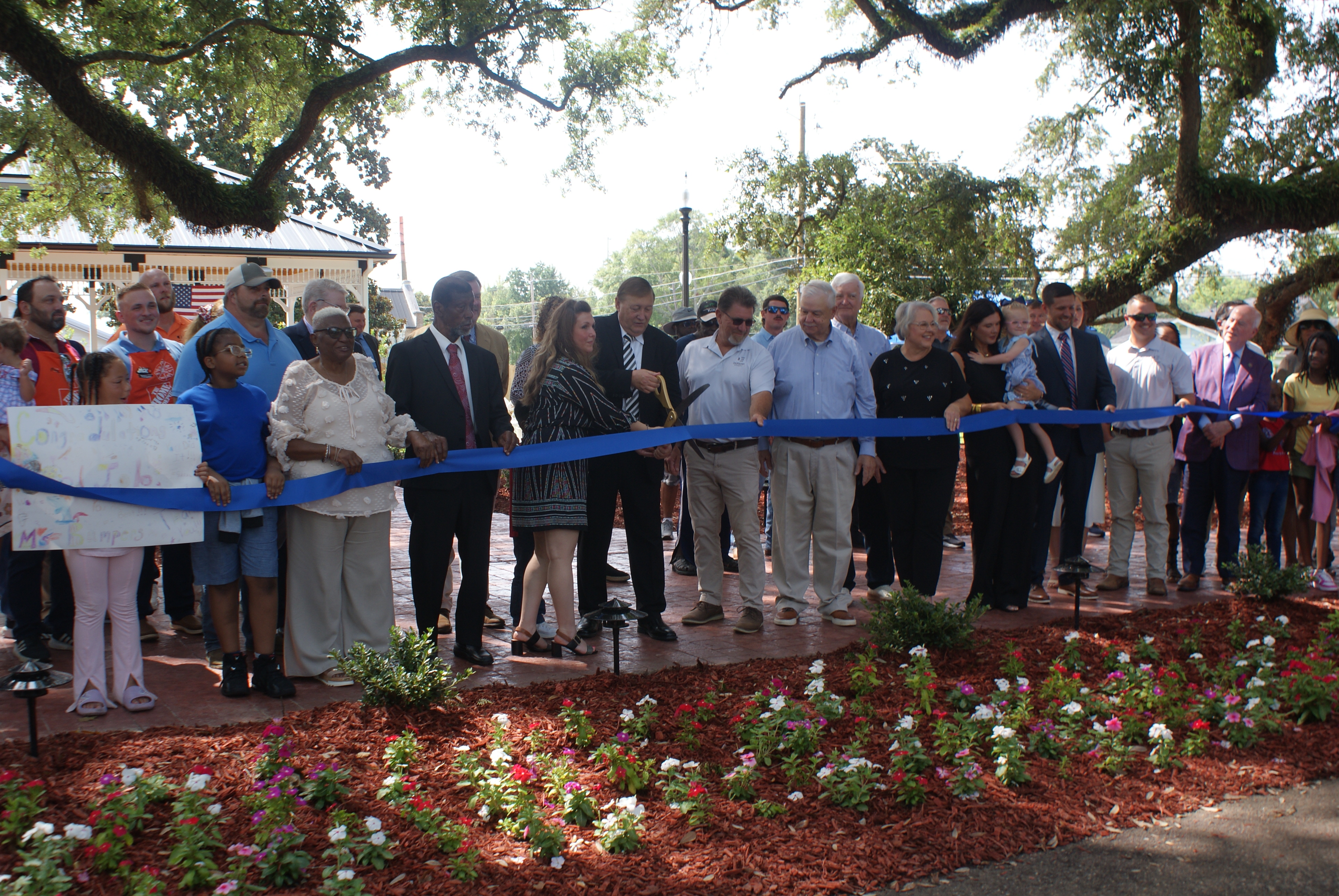Nobody’s home: Years after flood damage, county still dealing with empty homes
Published 7:00 am Saturday, September 26, 2015

ABANDONED PROPERTY: Pictured, a home on Westchester Drive in Picayune sits abandoned. County Administrator Adrain Lumpkin said there are currently seven properties—five in Picayune and two outside the city limits, which are considered a repetitive flood loss and at risk for future flood damage. Photo by Ashley Collins.
Sandra Lee, 66, lives inside one of the homes in Pearl River County considered a repetitive flood loss and at risk for future flood damage. Her house is located near Boley Creek inside the White Sand community. Lee said she’s lived there for the past 37 years and has experienced around nine to 10 floods.
When Lee first purchased the property, she was told the creek hadn’t flooded in many years.
“And the very year we built down there, it flooded,” Lee said.
The most recent flood, caused by Hurricane Isaac in 2012, took a toll on her property, flooding her home with around 46 inches of water.
Lee lost several personal mementos, including family pictures, in the flood. And, Lee said her home hasn’t been the same since.
“We were told not to go back to the house because there was black mold, very dangerous,” Lee said.
County Administrator Adrain Lumpkin said there are currently seven properties—five in Picayune and two outside the city limits, which are considered a repetitive flood loss, according to previous Item coverage.
After the flood damaged several homes in the county, there were conversations between city and county officials to move forward with a hazard mitigation grant to assist residents affected, but nothing has resulted from it yet.
“I had talked to people on the coast and they said they never gotten any of their money back and still haven’t,” Lee said.
So Lee and her family cleaned up the home themselves, including pulling kitchen cabinets to clean the mold, and repaired the damages in order to continue living there. However, her family continues to deal with allergies and nosebleeds, resulting from the mold still inside the home.
Lee said, “I just want to be able to live in a place where I don’t have to wake up during the night and put my feet over in water.”
Craig Brown owns a home on Kendrick Lane in Picayune. He has lived in the neighborhood, which is considered a flood zone, for the past 15 years. The last flood, which resulted from Hurricane Isaac, damaged his home with two-and-a-half feet of water.
“It took weeks to repair our home. We had to rip everything out and the community helped us,” Brown said.
Brown’s house may be rebuilt but, he said, it’s not the same. Since the flood, Brown said his property value has decreased.
“If we could sell, we would try to find higher ground. I love this neighborhood but we’re stuck because the value is too low to sell,” Brown said.
He also said a few homes in the neighborhood remain abandoned since the flood, which damages the curb appeal of the community. In order to avoid seeing the abandoned homes, Brown said he takes an alternate route to work every day.
This past Wednesday, the Pearl River County Board of Supervisors met in order to discuss viable options to help homeowners still affected by the flooding that occurred three years ago. Despite the years though, county leaders still don’t know the best way to get rid of all the homes.
“We’ve been awarded the hazard mitigation grant, but it requires the county to pay around $300,000 to buy these properties and the board is hesitant about that. So we’re trying to find a way to find a match up instead of using the cash,” Lumpkin said.
Board Attorney Joe Montgomery explained the details of the grant.
“When the grant was submitted, there was some language in there that indicated that the cost of the grant would be paid by the property owners deeding the property to the county and the county doing some demolition. The first time the question of whether or not the county can come up with any cash came when the grant was approved and they required that 25 percent of the appraised values be paid by the county,” Montgomery said in a meeting. “When they closed out the grant, the county would only be reimbursed 75 percent of the appraised value of the property plus the demolition costs.”
District I Supervisor Anthony Hales said he’s received calls from citizens expressing concern over their homes. He also said post-Isaac, officials with the county and Picayune entered into a hazard mitigation grant agreement, but the board was never properly informed about the agreement, which left many citizens confused whether or not they would receive money.
“The people deserve to know where we are with this project. There is a responsibility now from the board to give these people a definite answer on this matter,” Hales said.
Lumpkin said the board plans to work with the Southern Mississippi Planning and Development District and city officials to find a solution to the problem.
Next Saturday: What the county plans to do to improve the neighborhoods.





